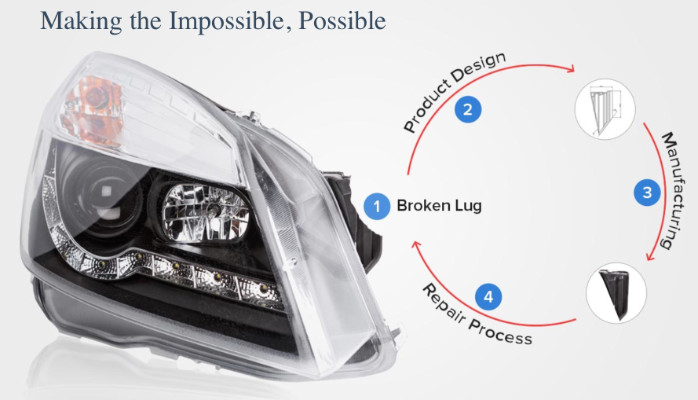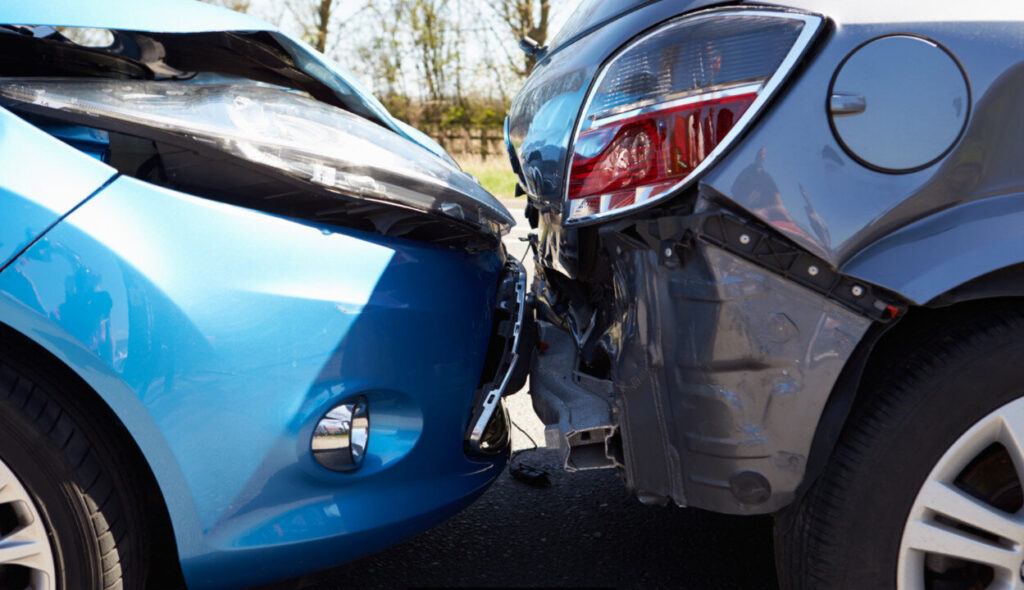By Mario Dimovski
Sustainability is everywhere—in keynote speeches, press releases, corporate roadmaps, and social media feeds. It has quickly become one of the most cited terms across every sector. But in the collision repair industry, the question still lingers: is sustainability a driving force for real transformation, or is it just a fashionable tagline with little follow-through?
While industries like fashion, tech, and even aviation have made tangible strides in reducing their environmental impact, the collision sector has often remained on the sidelines. Recycling bins in lunchrooms and low-VOC paints are commendable, but they merely scratch the surface. Real sustainability in collision repair requires deeper, structural changes that begin at the core of the business model.
Sustainability in Other Industries: Proving It’s Possible
Fashion’s Reinvention
Once infamous for environmental neglect, the fashion industry has reimagined itself with purpose. Brands like Patagonia and Levi’s have shifted focus from fast fashion to product longevity—offering repair services, resale platforms, and sustainable sourcing practices. These efforts are no longer side projects; they are central to brand identity. Today’s consumer expects authenticity and values-driven business, and leading fashion companies are delivering.
Tech’s Eco Turn
In technology, Apple has built sustainability into its ecosystem—from solar-powered campuses to aggressive recycling programs and refurbished product lines. Even controversial decisions like removing chargers from packaging were part of a broader push to reduce e-waste. These aren’t just PR gestures; they represent a shift in how products are designed, sold, and consumed.
Automotive’s Circular Momentum
Automotive OEMs are also making bold moves. Tesla, Volvo, BMW, and others are embedding circularity into their product lifecycles, materials sourcing, and emissions goals. Stellantis, through its SUSTAINera program, has pioneered the reuse and restoration of parts with purpose-built reconditioning centers across Europe. In the U.S., several OEMs and insurance groups are exploring plastics recycling, core return programs, and cradle-to-grave tracking of part materials. These are meaningful, operational commitments—but somewhere between the factory and the body shop, that commitment often gets lost.
Collision Repair: Replace, Discard, Repeat
Collision repair has long been influenced by three factors: speed, margin, and insurer protocol. Unfortunately, these often lead to a “replace first” culture—driven by outdated estimating platforms and ingrained workflows. Bumpers, headlights, brackets, and various plastic panels are routinely replaced even when they’re repairable.
This culture comes at a cost:
- The industry is now the second-largest generator of polypropylene waste globally.
- Millions of plastic repairable parts end up in landfills each year.
- The carbon footprint of sourcing, producing, and shipping replacement parts is rarely factored into job costing or sustainability metrics.
In an era where almost every industry is recalibrating to reduce waste, our sector’s default to discard is no longer defensible.
The Rise of the Eco-Conscious Consumer
A generational shift is redefining market expectations. Gen Z and Millennials, who increasingly influence buying decisions, are not just price-sensitive—they are values-driven. They care about how things are made, how long they last, and what happens at the end of a product’s life.
For collision shops, this is an opportunity. Consumers now factor environmental responsibility into their decisions—whether choosing a repairer, evaluating an insurer, or assessing post-repair satisfaction. Shops that can show they repaired rather than replaced, used recycled materials, restored rather than scrapped, and offset their emissions aren’t just “green”—they’re trusted.
From Buzzword to Blueprint
Sustainability, when integrated properly, isn’t just the right thing to do—it’s good business:
- Lower Costs: Repair-first strategies reduce material costs and help avoid delays associated with part availability.
- Faster Cycle Times: Shops that specialize in plastic and cosmetic repair can significantly reduce key-to-key time.
- Higher Profit Margins : Smart operators can take advantage of repair vs replace and generate higher margin opportunities.
- New Revenue Streams: Service providers or collaborative industry models on circular program on parts such as headlight restoration, bumper and texture provide new business models.
- Customer Loyalty: Shops that communicate their green practices build deeper trust with a growing eco-conscious customer base.
Insurance companies are taking note too. With a growing focus on Total Cost of Repair (TCOR), sustainability-aligned repair strategies often tick all the boxes: lower cost, better cycle times, increased repairability, and greater customer satisfaction. When paired with quality control and compliance, green becomes the preferred option—not the alternative.
Rethinking the Business Model
So where does sustainability really sit in collision repair?
Right now, it’s still on the fringes—embraced by a few innovative MSOs, forward-thinking suppliers, and eco-conscious leaders. But if this industry is serious about its future, sustainability must move from marketing material to operational standard.
It’s not just a moral obligation. It’s a strategic edge.
Shops that embed sustainability into technician training, supplier partnerships, repair decisions, and customer communications will lead the next evolution of this industry. Collision repair should no longer be viewed as the end of the line for damaged vehicles. It can—and should—be the start of a circular journey that values innovation, responsibility, and performance.


